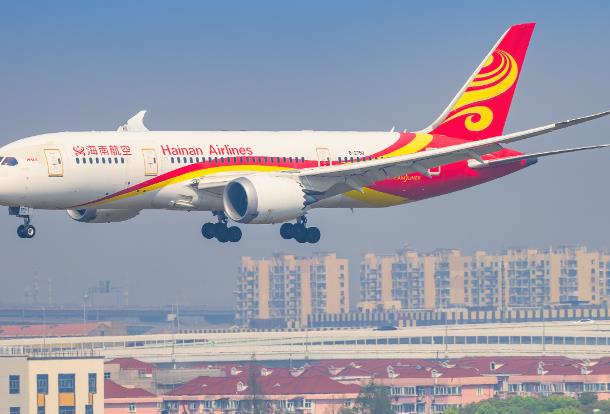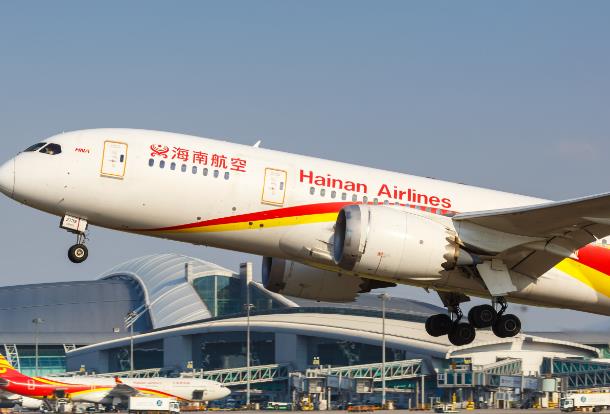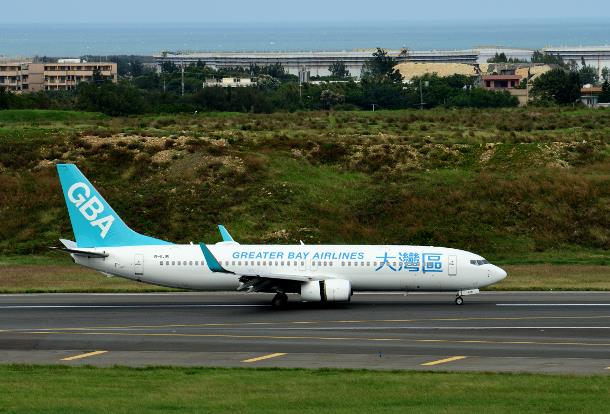
On October 26, as the new aviation season kicked off, Xiamen Airlines made a series of decisive moves. The carrier is focusing on two main goals:
1.Strengthening Fuzhou’s role as an international hub connecting Southeast Asia;
2.Optimizing its domestic network nationwide.
This mirrors a broader shift in China’s aviation industry — beyond the “Big Four” carriers (Air China, China Eastern, China Southern, and Hainan Airlines), second-tier airlines such as Xiamen Airlines, Sichuan Airlines, and Shenzhen Airlines are leveraging their respective strengths to pursue differentiated growth strategies.
Why has Xiamen Airlines managed to sustain intercontinental routes to Europe, the U.S., and Australia?
The answer lies in its disciplined fleet strategy. Though its widebody fleet is small, each Boeing 787 is strategically deployed on core long-haul routes. High frequencies and consistently strong load factors allow unit costs to be spread across more passengers — reaching optimal efficiency. Concentrated capacity keeps resources focused, avoiding the pitfalls of overexpansion and waste.
Remarkably, Xiamen Airlines has remained profitable for more than a decade — ranking among the most financially stable carriers in China.
That solid foundation gives the airline the flexibility and confidence to operate long-haul routes while maintaining a delicate balance between cost and revenue.
Xiamen serves as the gateway to Southeast Asia and Oceania, while Fuzhou connects to North America and Northeast Asia. The synergy between these two bases enables Xiamen Airlines to adjust schedules and capacity dynamically — a flexible “when one side dims, the other shines” strategy that maximizes network resilience.
Quiet yet steady, Xiamen Airlines continues to climb. From Xiamen to Fuzhou, from Southeast Asia to Europe and Australia — it is charting not just flight paths, but new possibilities for global exchange and cooperation.
Beyond China’s Big Four, the rise of a “Fifth Force” in Chinese aviation is now unmistakable.




